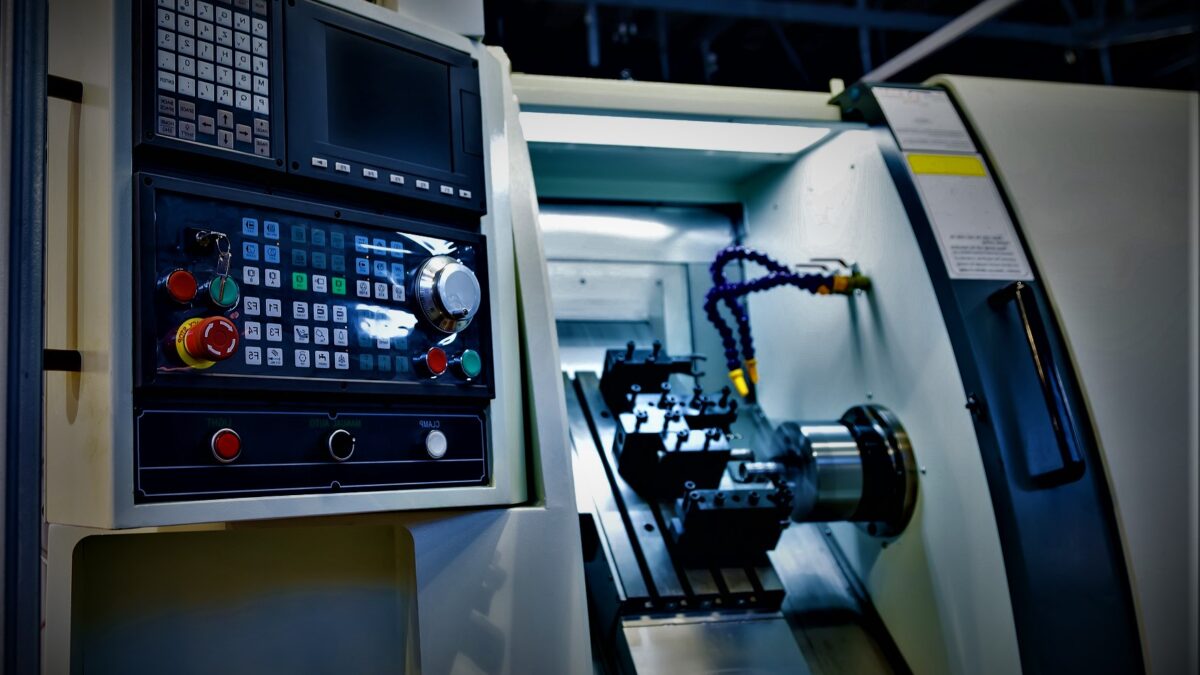Revolutionize Your Machining with a CNC Controller: A Complete Guide

Elevate Your Interior Design with These Stunning Golden Steel Furniture
April 14, 2023
Innovative Mechanical Parts Laser Cutting Techniques to Boost Your Productivity
April 18, 2023Machining is a critical process in the manufacturing industry. It involves the use of various tools to remove material from a workpiece to create a desired shape. The traditional machining process involves a lot of manual labor, which can be time-consuming and error-prone. However, the advent of computer numerical control (CNC) has revolutionized the machining process. With a CNC controller, machining can be automated, resulting in more accurate and faster results. In this complete guide, we will explore what a controller is, its benefits, and how to choose the right one for your machining needs.
What is a CNC Controller?
A CNC controller is an electronic device that controls the movements of a machine tool. It reads a program that contains instructions for the machine tool to follow. The program is typically created using computer-aided design (CAD) and computer-aided manufacturing (CAM) software. The controller then translates these instructions into electrical signals that control the motors and actuators of the machine tool. The result is a precise and repeatable machining process.
Benefits of Using a Controller
Using a CNC controller in your machining process offers numerous benefits, including:
Increased Accuracy: You can achieve higher accuracy in your machining process. The controller can make precise movements with high repeatability, resulting in consistent and accurate parts.
Improved Speed: These controllers can perform machining operations much faster than manual machining. This can result in a significant reduction in machining time and increased productivity.
Reduced Labor Costs: These controllers can automate much of the machining process, reducing the need for manual labor. This can result in lower labor costs and increased profitability.
Enhanced Safety: These machine controllers can be programmed to perform specific safety checks before starting the machining process. This can help prevent accidents and injuries in the workplace.
Choosing the Right CNC Controller
Choosing the right CNC controller for your machining needs can be a daunting task. There are many factors to consider, including:
Type of Machine: Different types of machines require different types of controllers. For example, a milling machine requires a different controller than a lathe.
Number of Axes: The number of axes a controller can handle is an important factor to consider. The more axes a controller can handle, the more complex the machining process it can handle.
Programming Language: The programming language used by the controller is also an important consideration. Some controllers use G-code, while others use proprietary languages.
Control System: The control system used by the controller can affect its performance. Some controllers use open-loop control systems, while others use closed-loop control systems.
Price: Finally, price is an important consideration when choosing a controller. Prices can vary widely depending on the features and capabilities of the controller.
Conclusion
In conclusion, using a CNC controller in your machining process can revolutionize the way you manufacture parts. It offers increased accuracy, improved speed, reduced labor costs, and enhanced safety. When choosing controller, it is important to consider factors such as the type of machine, the number of axes, the programming language, the control system, and the price. By selecting the right controller, you can achieve greater efficiency and profitability in your machining operations.
NEWSLETTER







